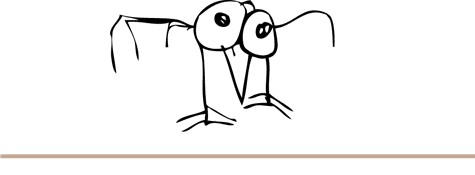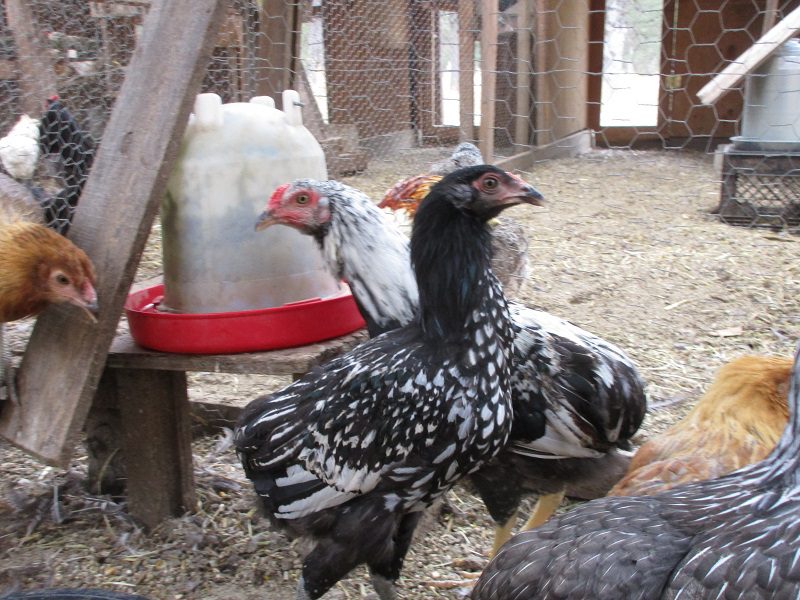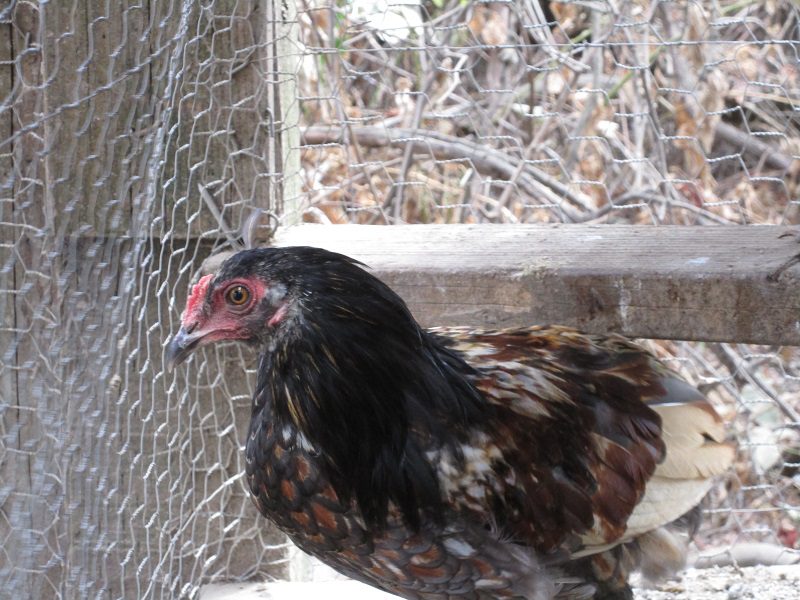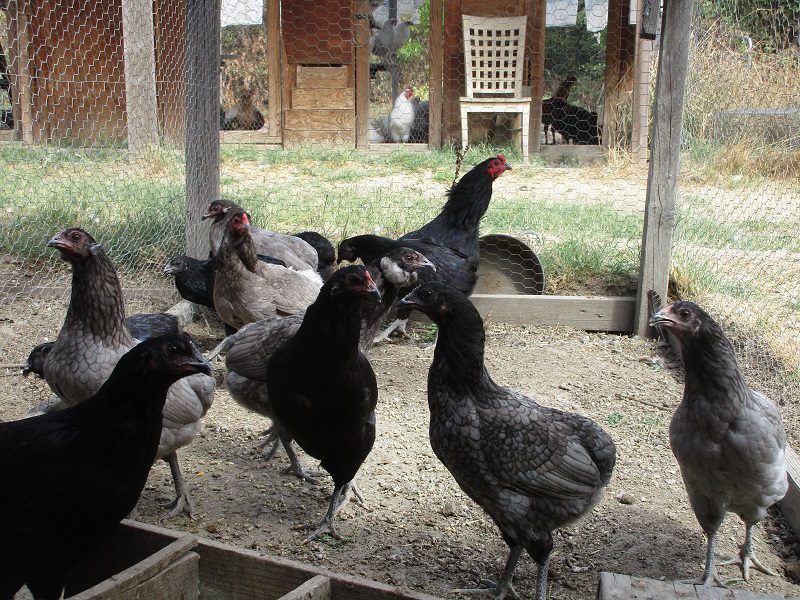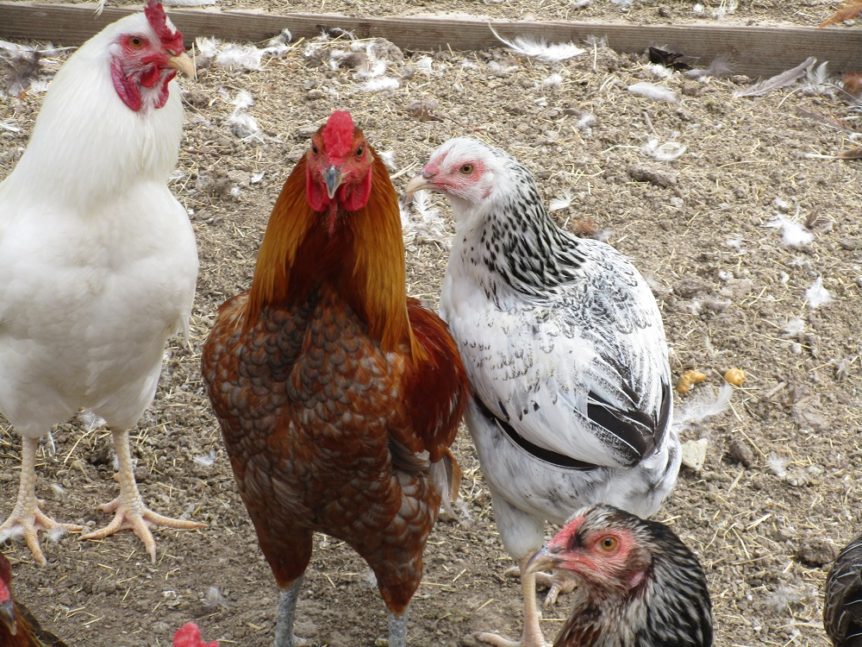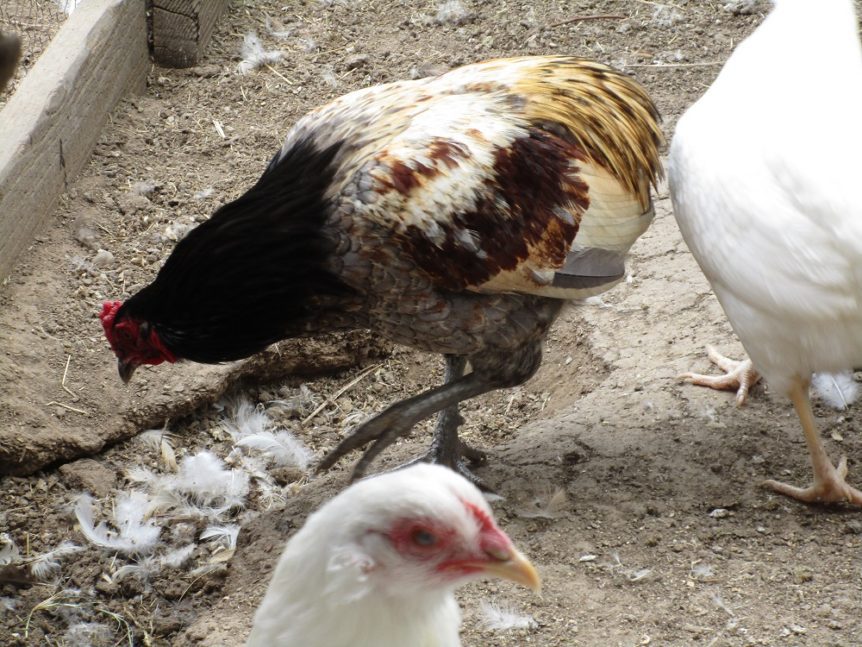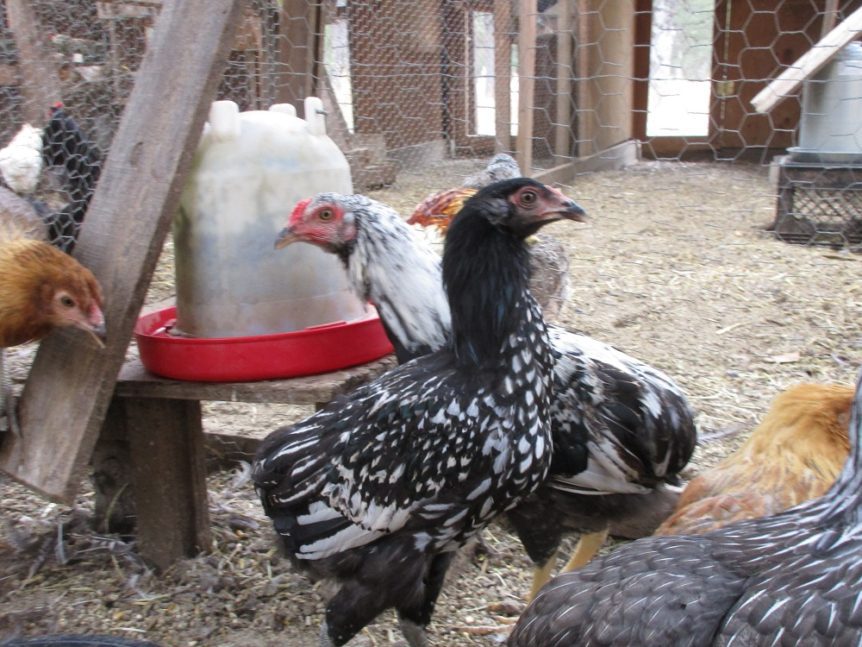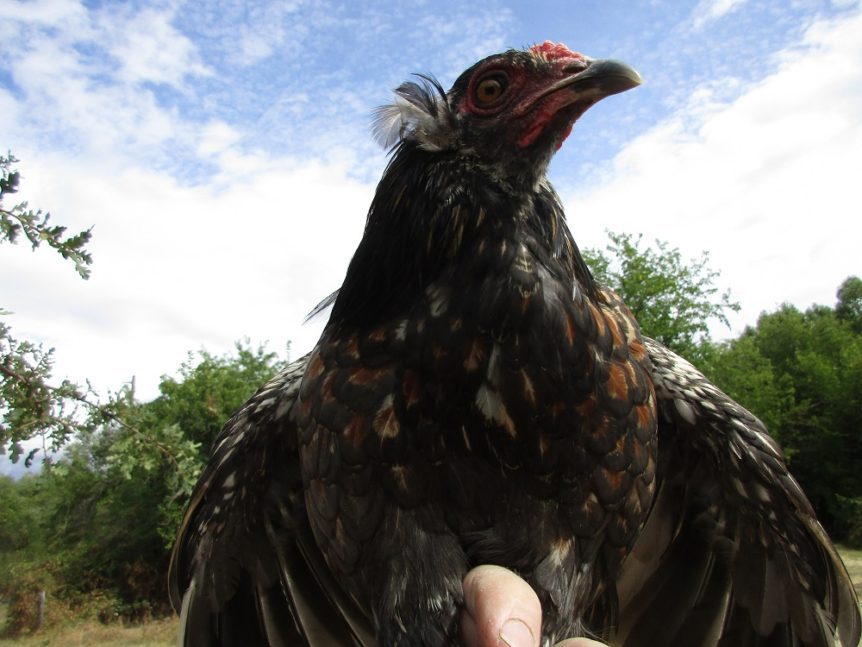ANOTHER AWESOME YEAR AROUND HERE WITH THE EMERGENCE OF THE NEXT GENERATION!
The chicks hatched out in February at our Awesome Araucana Chicken Hatchery are looking like they should with a few new feather color occurrences that puzzled me for a while. It wasn’t until these birds matured to their adult feather colorations that the differences were noticed. Since I do not mix the Black Show Hybrids and my strain here, I did not expect any crosses, but something happened, even if for a short while. A single breeding can fertilize the entire clutch of eggs in that cycle. I will be presenting some pictures and evaluations of the chicks that a Hybrid Black Show strain hen produced crossed with Palomino color type Rooster. It looks like I may have a Hybrid mix flock and do what many people have been doing for decades, diluting Mapuche bloodlines for special narrow spectrum interest. It is compelling, but I have not hatched their eggs and may not. If anything they will remain Hybrids. I have Araucana types with as little as 3% Hybrid genetics and they still have many hybrid traits like rapid growth to maturity, increased food/water intake and early egg production at 4-5 months. My strain produces their eggs at 8 months to a year old, are slower to mature, eat less and live longer. These major differences affect flock maintenance resulting in many health and well-being issues, and cannot be ignored. Many people have mixed chicken breed flocks and many problems present when they are confined together.
Some feather colors are modified with the Hybrid/Palomino crossing. The Palomino Tijuela look has transferred along with the purple/green sheen of the mixed black color feather color patches. The Tijuela (Like Wyandotte), Bean Flower ( Flur De Haba ) and other South American descriptions of feather colorations have presented and modified within that description. I was surprised. I think the low diversity Black Show strain offers natural bird feather color tendencies with odd feather possibilities that some people may find as a specific goal. I can only imagine what others have been doing with these birds over time.
The Black Hybrids are producing a nice bunch of recessive Black color that have that nice Blue/Gray color range. They can be mixed and give a nice look to a flock. Great blue eggs. Many have the Black faces and combs that should be in some Polynesian Chicken genetic root stock. Combs are getting better too. Interesting that they have natural feather rings like the Tijuela/Wyandotte looking pattern or the even color and many in between color variations, And all from Black parents, how KOOL. I offer some pictures because we all like to look. The Black and White is striking and the mix is impressive.
The rest of my strain birds are strong, healthy and giving promise of possibilities that no other breed of chickens offer and even with the absence of advertising keeps me very busy. I will be adding more photos showing this seasons birds and sharing experiences. Feedback confirms the hatch rate on shipped eggs at 10 to 25% under the best conditions with shipped eggs. A 25% hatch rate here is most common. A couple of non-hatches were reported and eggs were replaced at a discount. Unknown trauma and incubating events are unpredictable.
Thank you for your time and efforts that benefit these birds. I get stories from those with similar experiences and welcome all observation experiences. I believe I can learn something from everyone and allowing that respect has given me opportunities for knowledge, understanding, reinforcements and welcomed fellowship, I thank you very much. Let me know if I can help with these birds. Best Regards to all. Enjoy the Planet.
Edd Sheppard ( :>)
Click on images below to enlarge.
